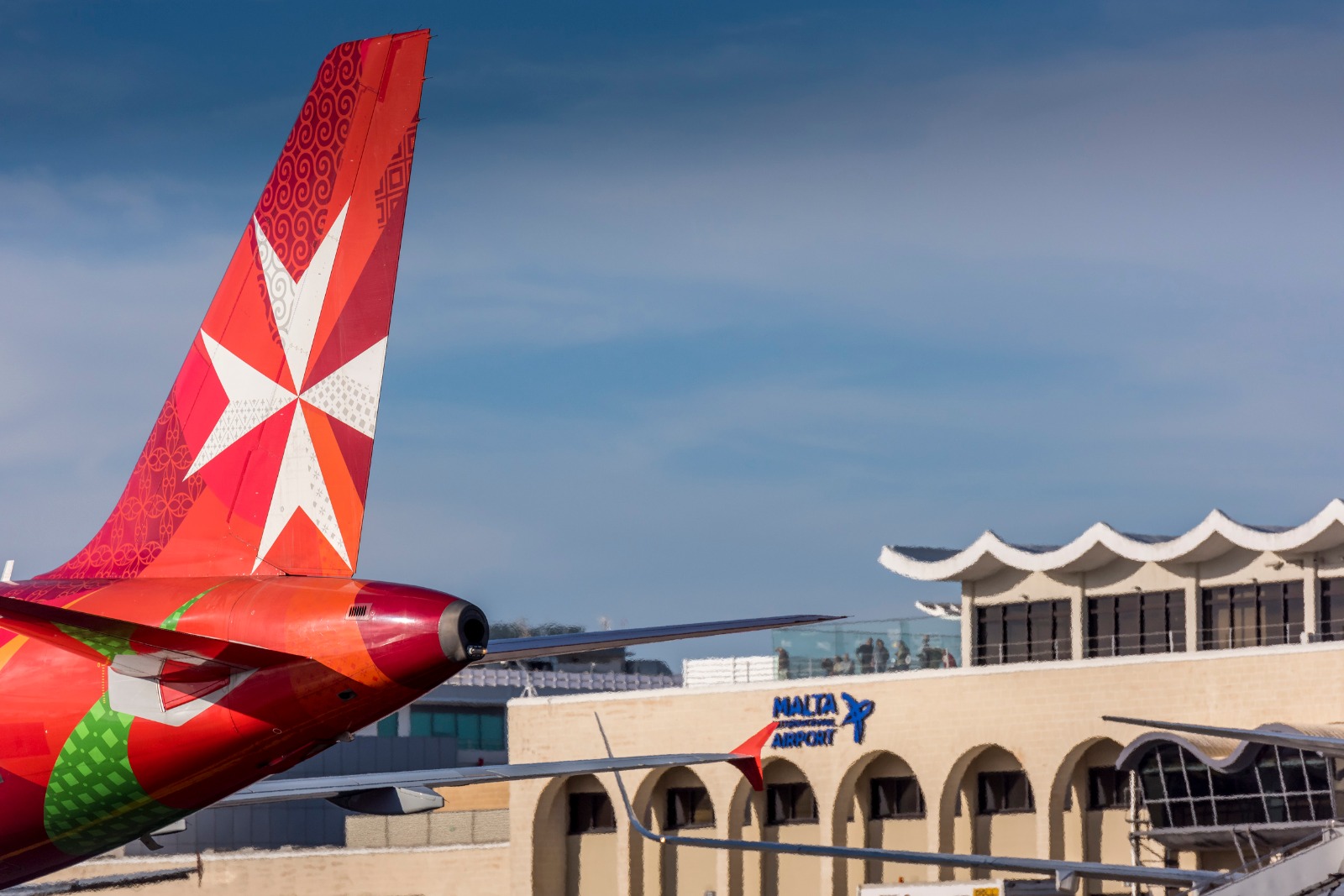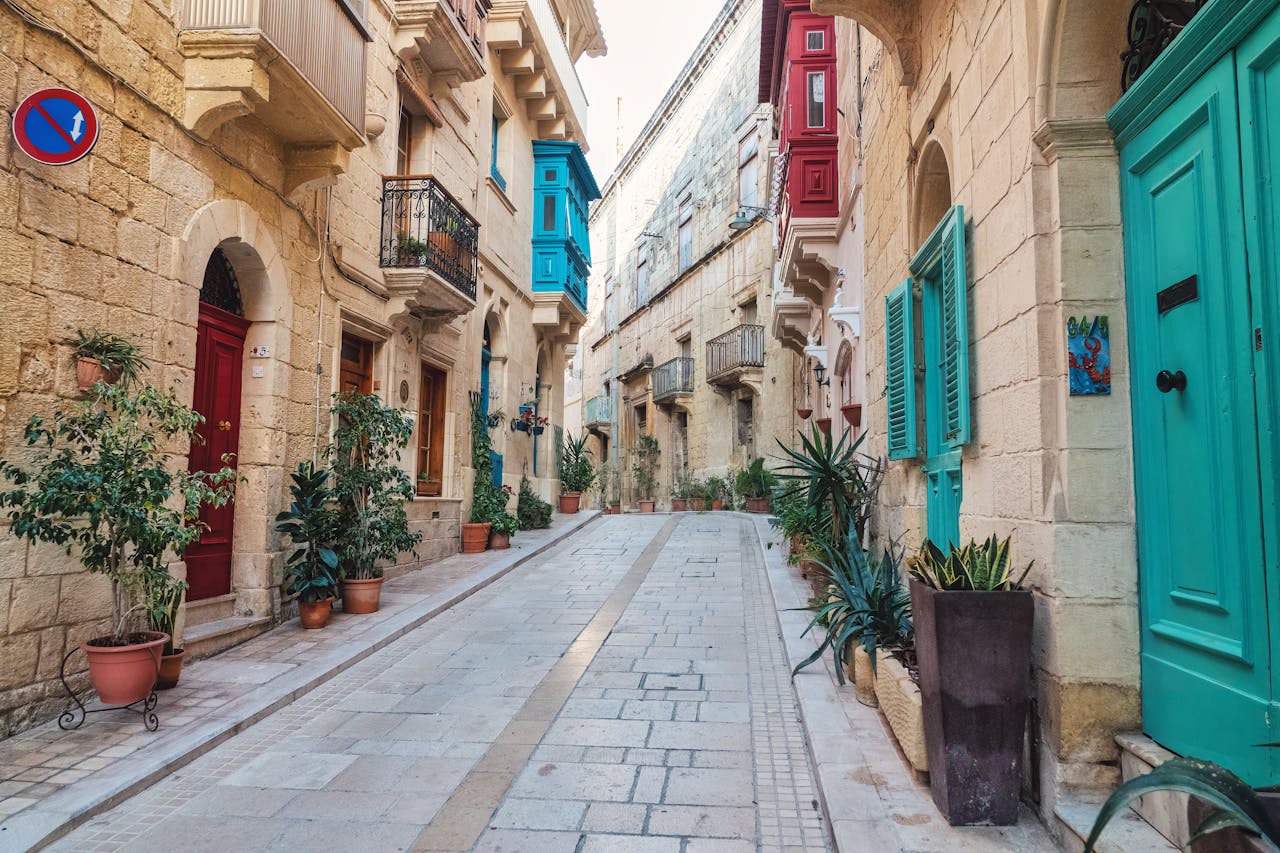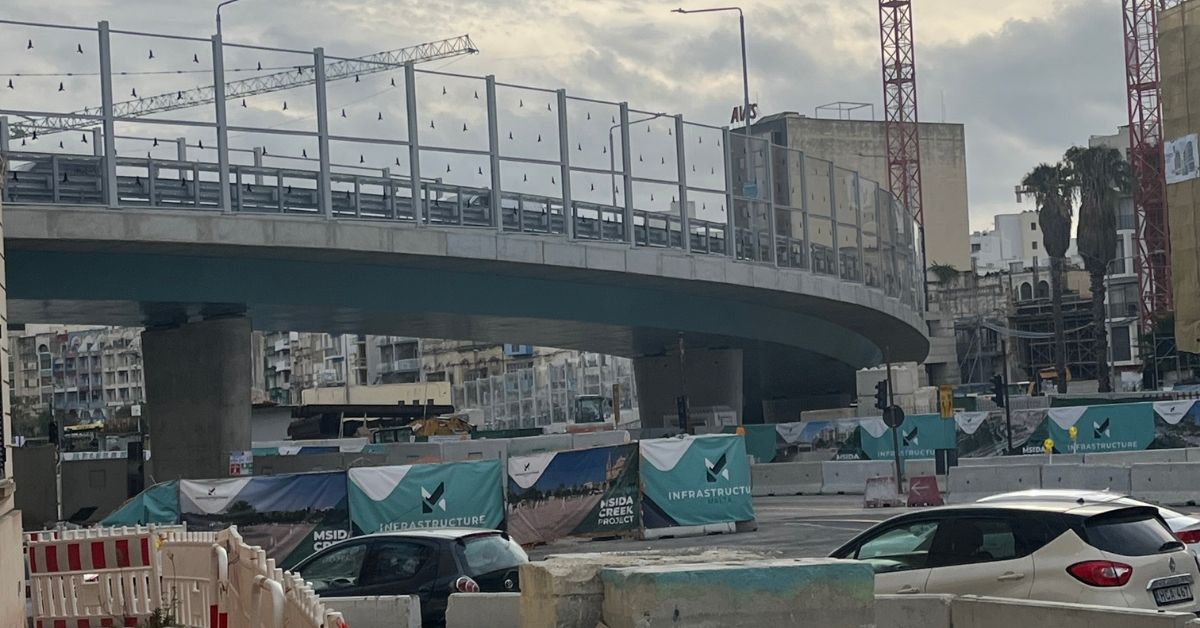Malta International Airport (MIA) has said that, based on the information it currently has at hand, passenger numbers through the airport will have rebounded to 2019 levels by 2024.
Just months before international travel was decimated by COVID, MIA closed off its best ever year in terms of passenger numbers, with 7.3 million people travelling through the airport.
Commenting on the airport’s, and thus the nation’s, prospects for air connectivity, an MIA spokesperson told BusinessNow.mt that the situation for the airport “remains fluid” and its recovery is dependent on a “host of external factors”.
Looking to the immediate future, MIA indicated that it expects “a good selection of direct flights” this summer, with direct flights serving 32 countries, including daily flights to London, Istanbul, Catania, Vienna, Frankfurt and Rome.
The strength of this schedule, the airport said, comes “despite the loss of certain routes and partner airlines resulting on the pandemic”.
The news will also be welcome after concerns have been raised about the prospects of Malta’s air connectivity. In December, Malta Central Bank warned that almost half of Malta’s air routes had been lost due to COVID, bringing air travel back 15 years.
At the time, the bank said that restoring these lost connections or establishing alternatives would be crucial for Malta’s economy.
Aside from lost routes, the airport has been hard hit by a dramatic decline in passenger numbers through the airport.
In February 2021, for example, it saw just 9,151 inbound travellers, a decrease of 93.7 per cent when compared to the same month in 2020.
Despite its promising summer schedule, the airport highlighted that “at present, airlines’ plans are very much dependent on restrictions in place”.
Indeed, whilst the Government of Malta plans to reopen Malta to international tourism from 1st June, the feasibility of this will likely rest not only on the COVID situation inside Malta, but also on that in its travel connections.
MIA also warned that there is likely to be some variation in how routes to different locations rebound. “Certain connections, such as those with the Scandinavia market, may take longer to recover than other markets”, it said.
Additionally, long-haul routes are expected to recover more slowly than short to medium-haul flights.
For the moment, this will likely be acceptable to those in the vital tourism industry as Malta’s main markets for incoming tourism can be found in the EU and the UK.
Malta’s Government has made it a priority to restore tourism to the island as soon as possible. As part of this, Tourism Minister Clayton Bartolo has announced an incentive and aid package worth €20 million to help restore the battered sector.
Malta wins top international tourism award in Italy
Recent initiatives aimed at diversifying tourism flows and strengthening off-peak demand
Welbee’s doubles down on Christmas cheer with ambitious plans for 2026
Head of Marketing Miguel Borg outlines how Welbee’s is closing the year with momentum and what's in store for 2026
New Msida flyover comes with triple-layered barriers
It also includes a barrier between the two lanes that can be dismantled in case of an emergency






